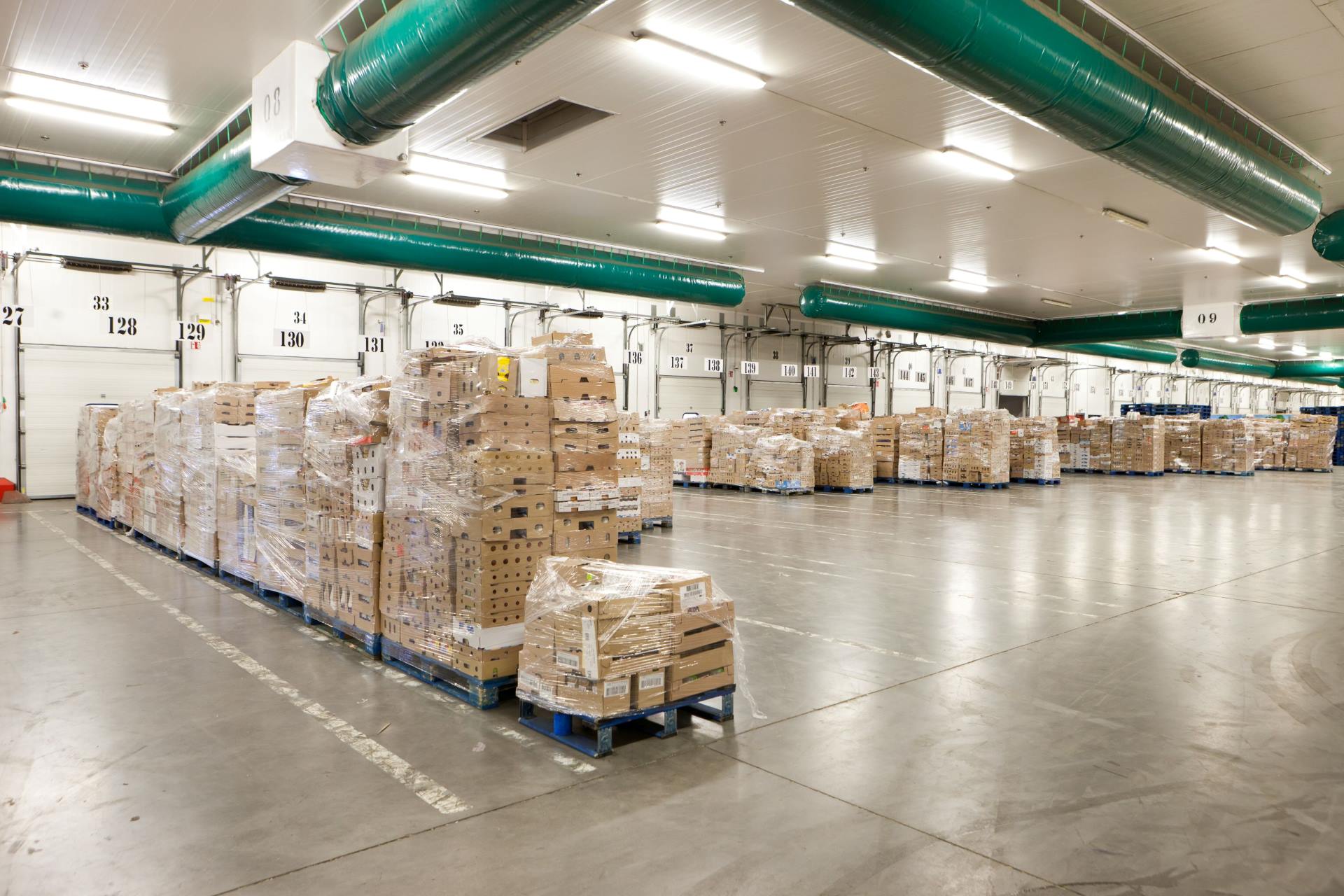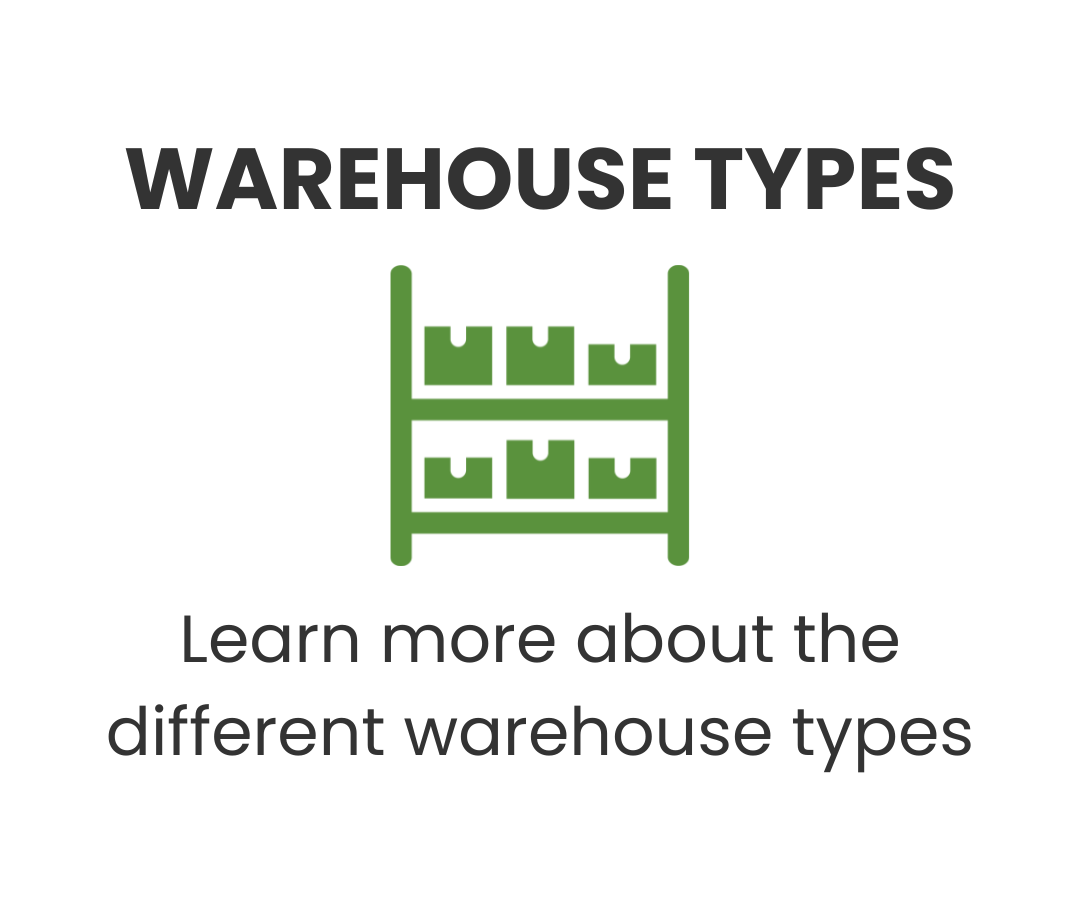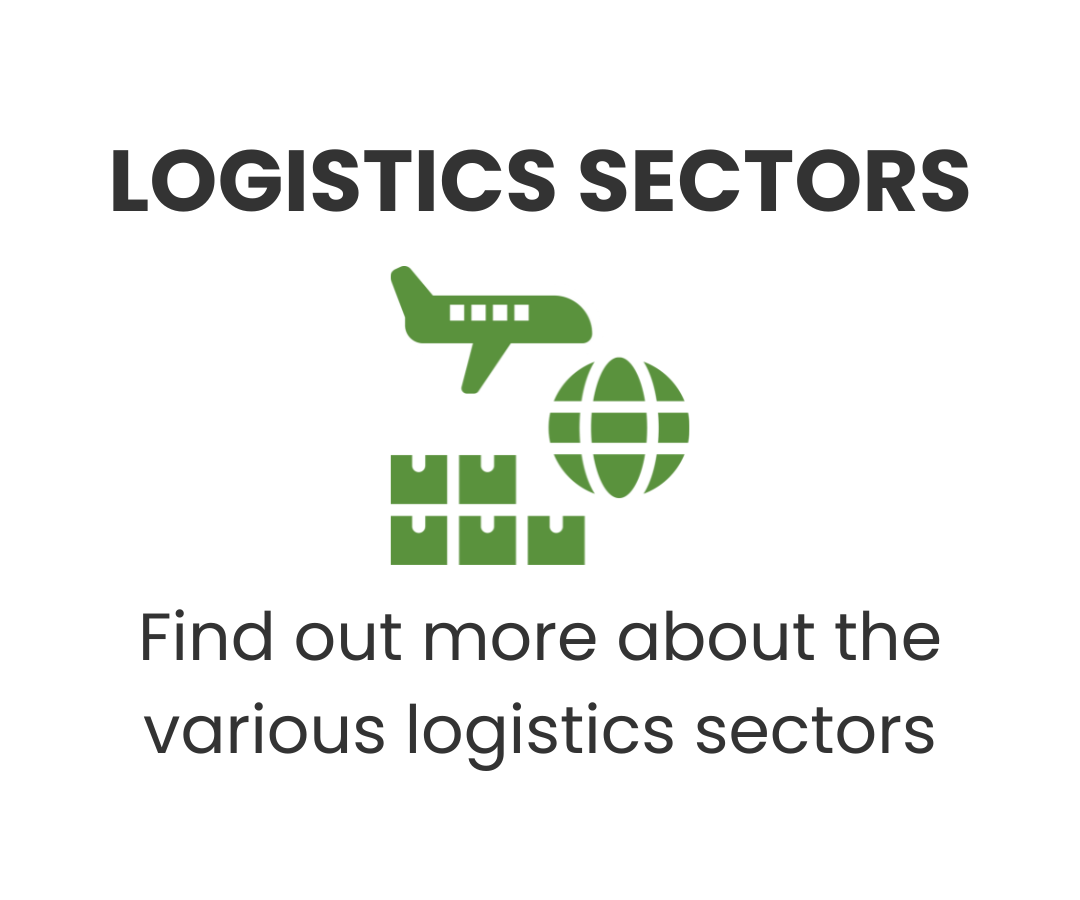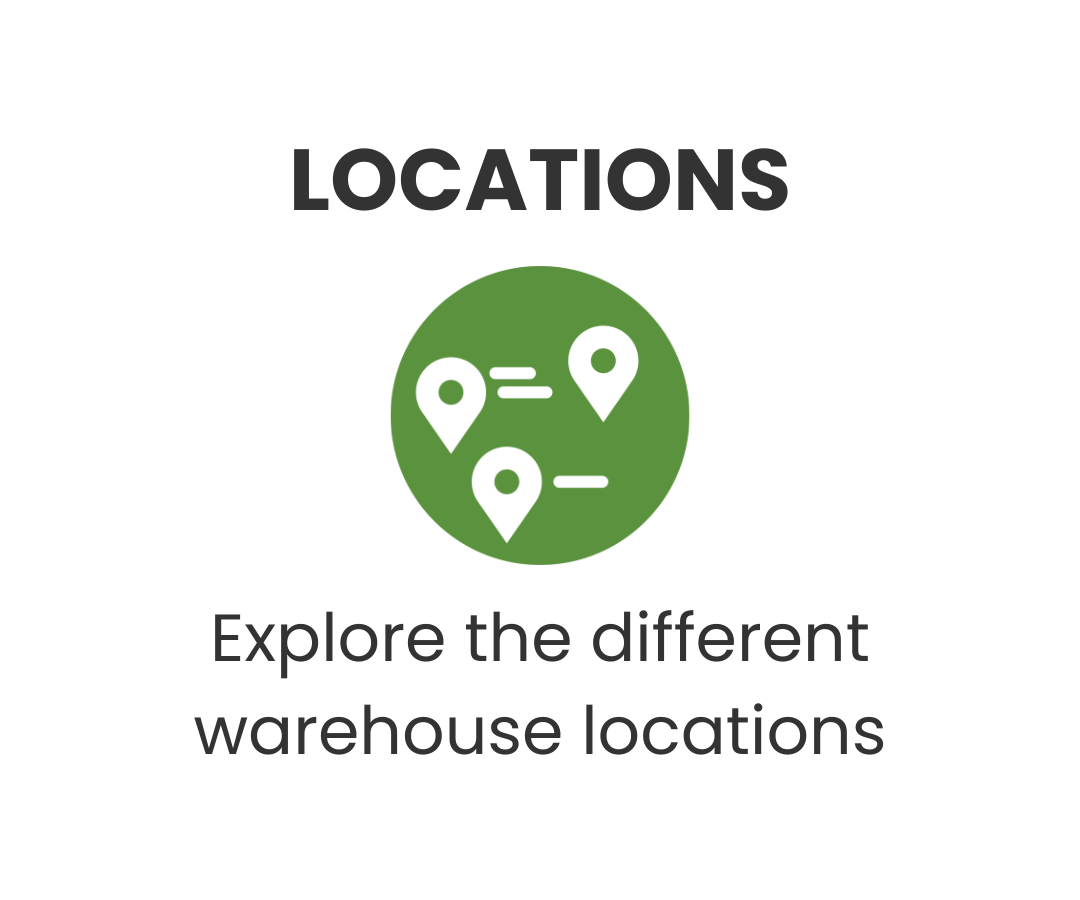Warehouse Types
Central Warehouse
Here you get an overview of suitable central warehouses in different cities and regions.
Offers on LAGERflaeche.de
Search for Central Warehouse Locations
At LAGERflaeche.de you can use the map search or search mask to look for suitable offers. Find selected Central Warehouse facilities and rent/buy at LAGERflaeche.de!
Description of central warehouse
A central warehouse is understood to be a (usually large-scale) storage facility for goods, merchandise and materials. A central warehouse is usually used in manufacturing or trading companies. In central warehousing, all goods are bundled in one place.
Central warehouses have various functions, e.g. the storage of goods, the picking of goods for shipment to customers or the provision of goods or materials for production. Furthermore, the functions of a central warehouse are the storage, picking and distribution of goods.
Central warehouses are also referred to as flow-through warehouses. The location of the central warehouse is chosen so that it is equally accessible for all parties involved. The location of a central warehouse is often at a strategic point to improve the connection to various transport routes.
Central warehouses can be used by companies in all sectors. Central warehouses can serve as bases for supplying customers. For example, a central warehouse is a facility that consolidates goods and materials for multiple locations. Central warehouses usually have a larger capacity and offer a better selection of products than a traditional warehouse.
Requirements for a central warehouse
There are a number of points to consider when setting up a central warehouse. There are several challenges involved in setting up a central warehouse, such as choosing a suitable location, planning the warehousing and equipping the central warehouse with the right storage technology.
Central warehouses usually have a larger capacity and offer a better selection of products than a traditional warehouse. Choosing the location for a central warehouse is an important decision, as the location can affect the cost of the warehouse. Central warehouses are often located near transport hubs such as airports or ports.
First, the size of the warehouse must be determined. The size of the warehouse depends on the quantity of goods to be stored. Next, the storage conditions must be taken into account. The storage conditions refer to the temperature and humidity in the warehouse. Third, security in the warehouse must be ensured. Warehouse security refers to the precautions that must be taken to ensure that the goods are kept safe in the warehouse.

Forms of central warehouses
Central warehouses can exist in different forms, depending on the size of the company and the type of goods that are stored there.
Central warehouses can take on the following types of tasks:
Supply warehouse: Serves to provide the required, loose goods (raw materials, auxiliary materials and operating materials) if these are not supplied directly by the manufacturer. The central warehouse can produce the goods itself or request them (pull principle). Silo warehouses are warehouses that are usually suitable for a specific type of good, e.g. grain. Pointed warehouses are suitable for different types of goods.
Cross docking centers, on the other hand, are warehouses where certain goods are collected whose further processing or distribution has not yet been completed, or whose onward distribution is to be staggered (e.g. due to purchase quantity restrictions). They are often found downstream of production areas.
Advantages of a central warehouse:
- Centralised warehouse processes (high level of standardisation possible)
- Low minimum stock levels
- Usually optimised warehouse equipment
- Short transport routes if the location is centralised
- Possibility to achieve a high degree of automation
- Efficient warehouse organisation and management can be ensured
- Efficiency can be improved through the rapid provision of tyres
Centralised warehousing has some advantages over decentralised warehousing. Central warehouses are usually larger and therefore offer more space for storing goods. In addition, central warehouses are usually better equipped and have a better infrastructure. Warehousing in central warehouses is therefore usually more efficient and cost-effective. Among other things, you can save costs because you no longer have to maintain a separate warehouse for each location. In addition, you can manage and control your processes better because everything comes together in one place. Central warehouses are usually larger and therefore offer more space for storing goods.
Disadvantages a central warehouse:
- Less delivery flexibility
- Possibly longer transport routes and thus higher transport costs
The challenge in setting up a central warehouse is to choose the right shape and to set up the warehouse in such a way that it meets the requirements. However, if production and central sales are spatially separated, the disadvantage can arise that material transports become necessary, which causes costs in the form of warehousing and transport costs.
Find the right warehouse for your logistics now at LAGERflaeche.de!
Here you can quickly and easily get an overview of suitable central warehouses in various cities and regions: Find and rent selected central warehouses - at LAGERflaeche.de! For more information about the various types of warehouses and central warehouses, take a look at our warehouse overview page, where we offer you a lot more interesting information, including information about central warehouses.



